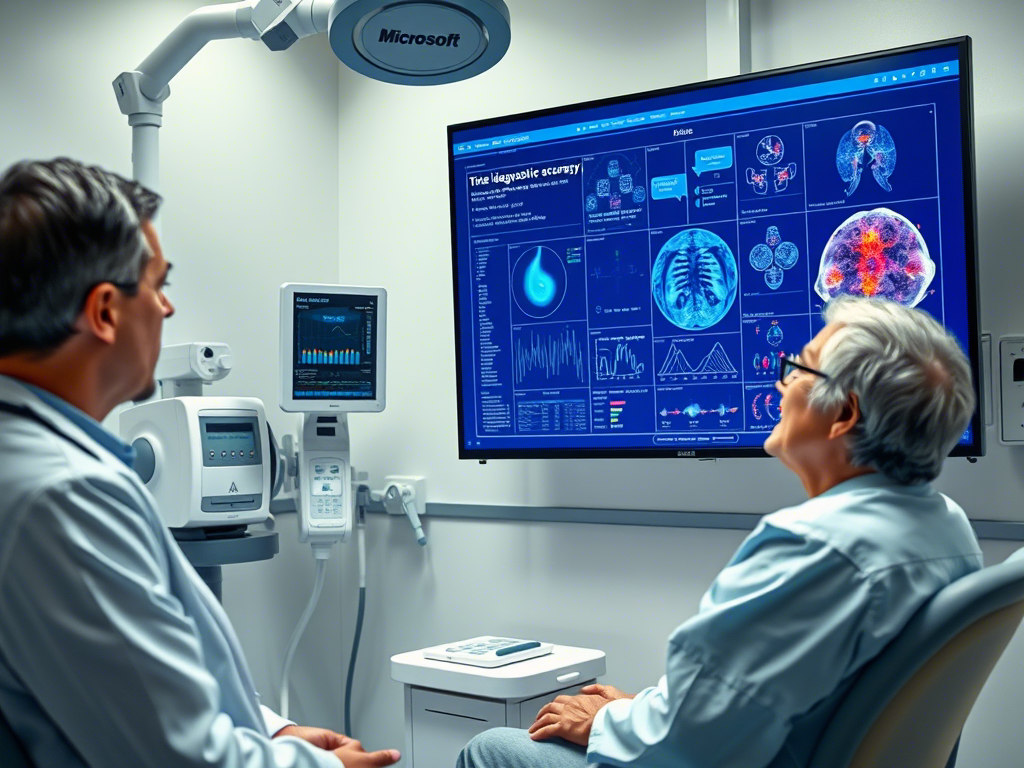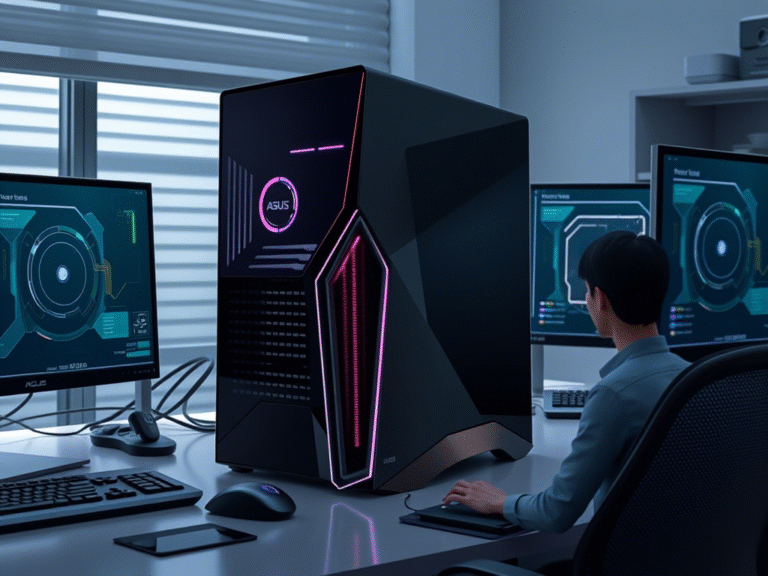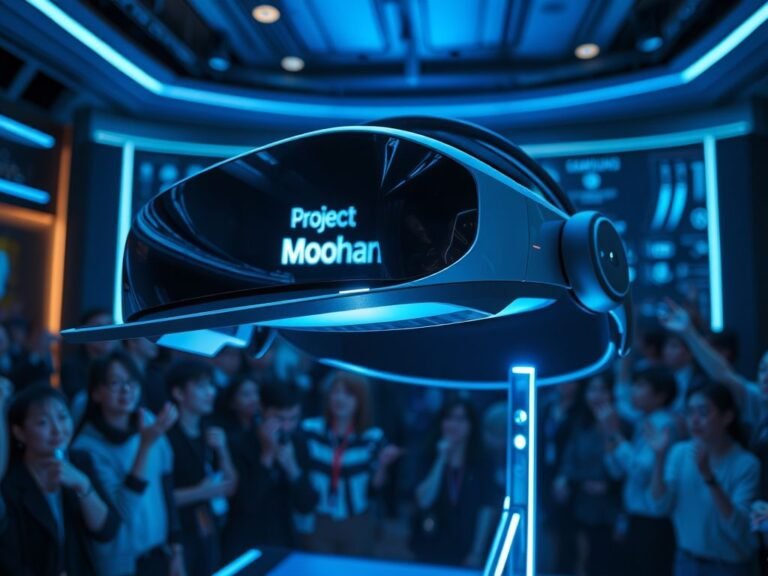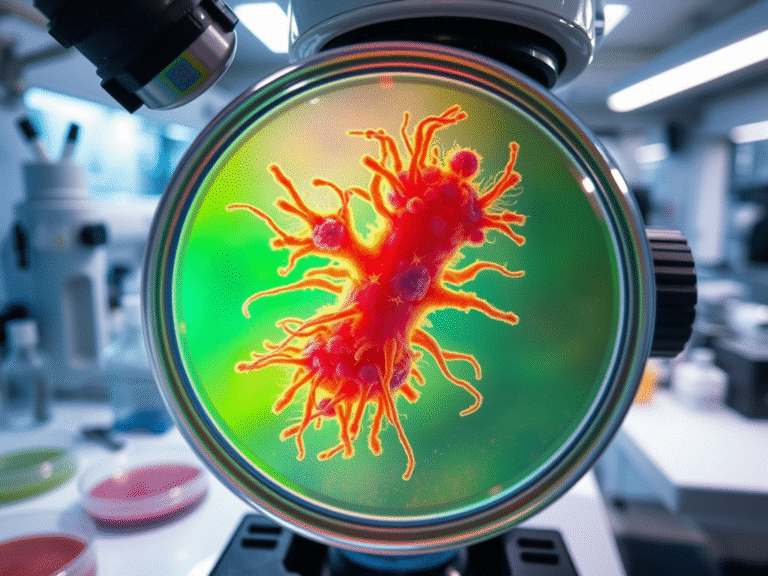
Artificial Intelligence Takes Over Medicine? Microsoft’s New System Shocks Experts
Microsoft has announced a major breakthrough in medical AI with its new system, the AI Diagnostic Orchestrator (MAI-DxO) , which successfully diagnosed 85% of complex cases from the New England Journal of Medicine (NEJM) case reports — a number that far surpasses human performance.
What makes this achievement even more impressive is that NEJM case studies are known for being extremely challenging. These aren’t simple diagnoses; they often require input from multiple specialists and several rounds of diagnostic testing before reaching a final conclusion. For an AI to accurately interpret these cases most of the time marks a significant milestone in healthcare technology.
🧠 How Does MAI-DxO Work?
The MAI-DxO doesn’t just analyze data passively — it acts like a virtual panel of doctors. It can ask follow-up questions, request specific tests, and ultimately arrive at a diagnosis based on the information it gathers step by step.
When Microsoft tested MAI-DxO with different large language models, it improved the diagnostic accuracy of all systems involved. The best results came when it was paired with OpenAI’s GPT-4o , achieving a success rate of 85.5% on the NEJM benchmark.
To put that into perspective, Microsoft compared the AI’s performance with that of 21 experienced physicians from the U.S. and U.K., each with between 5 and 20 years of clinical experience. When given the same diagnostic tasks, the average accuracy among human doctors was only 20% .
🏛️ Creating a New Benchmark for Medical AI
To test how well AI could handle real-world medical complexity, Microsoft developed a new evaluation framework called the Sequential Diagnosis Benchmark (SD Bench) . This system transforms 304 recent NEJM case studies into interactive diagnostic challenges.
In this setup, AI models go through the same process as human doctors: asking questions, ordering tests, and updating their diagnosis as new information becomes available. Their final conclusions are then compared to the actual published outcomes.
🩺 What Makes This AI Different?
Beyond simply diagnosing conditions, MAI-DxO can also simulate decision-making under constraints — such as cost or availability of certain tests — helping avoid unnecessary procedures while still reaching accurate conclusions.
It’s not meant to replace doctors, but rather to support them — giving clinicians a powerful tool to assist in difficult cases and helping patients better understand and manage routine health concerns.
⚖️ Looking Ahead: Real-World Testing and Regulation
While the current results are promising, Microsoft acknowledges that this is just the beginning. Before AI tools like MAI-DxO can be used safely in real-world clinical settings, they must undergo extensive validation in live environments.
Additionally, clear regulatory frameworks will be needed to ensure safety, reliability, and ethical use. To move forward responsibly, Microsoft is collaborating with healthcare institutions to refine and test these technologies before any widespread adoption.





